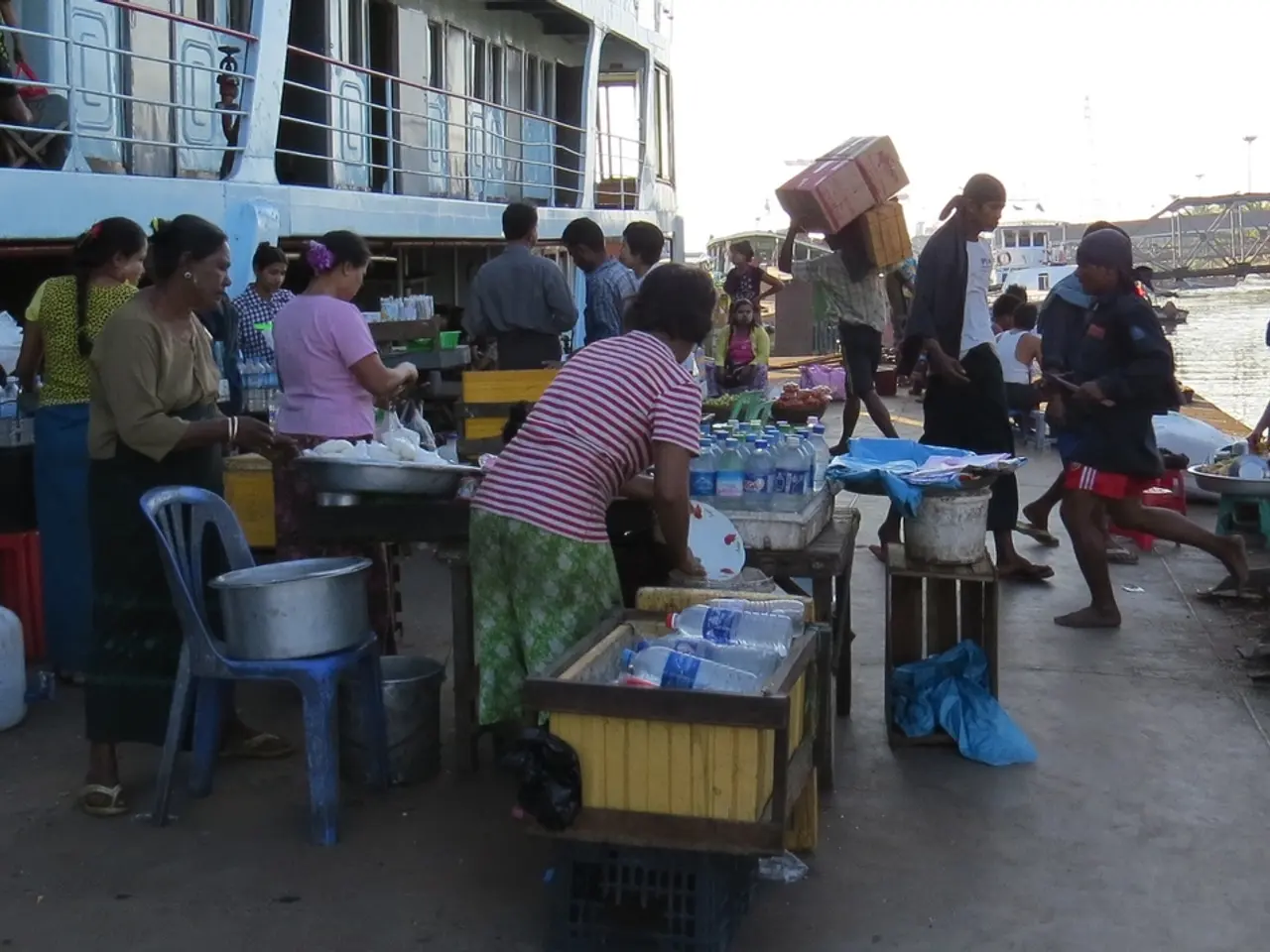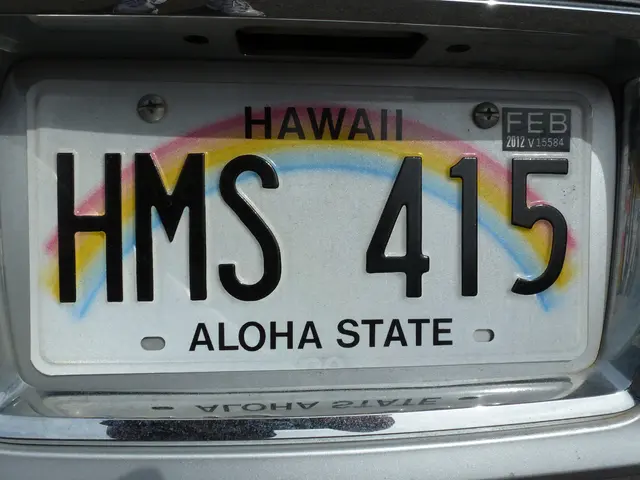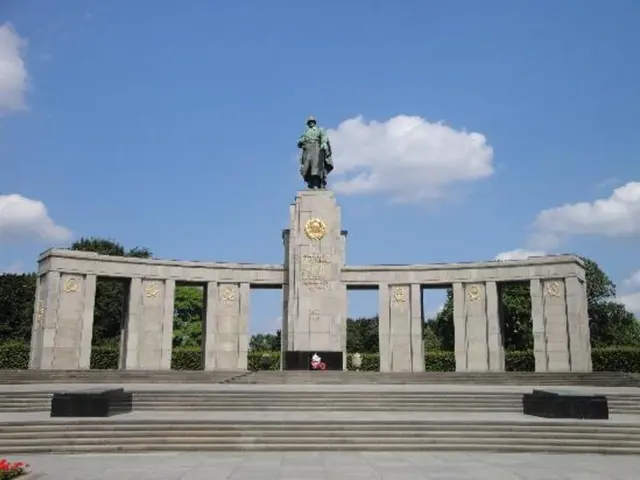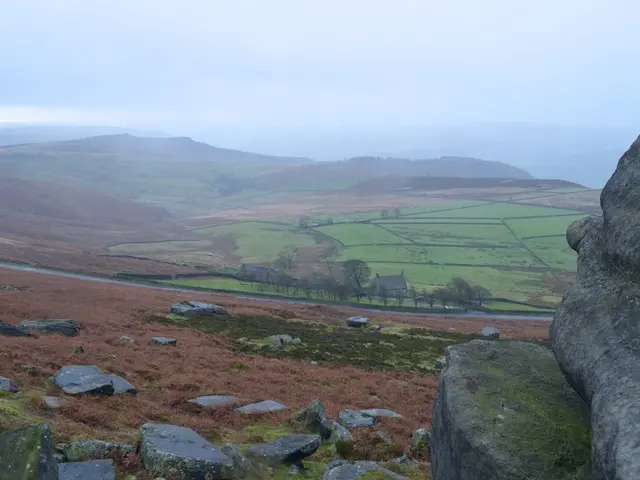AI Travel Planning Gone Wrong: Tourists Search for Non-Existent Peruvian Canyon
Artificial Intelligence (AI), including tools like ChatGPT and Google Gemini, is increasingly used in travel planning, with nearly a third of international travelers relying on them. However, a recent incident in Peru highlights the potential dangers of over-reliance on AI-generated itineraries. Two tourists, trusting an AI-generated plan, attempted to hike to the 'Sacred Canyon of Humantay' in Peru's Andes. The problem? The canyon doesn't exist. It was invented by an AI tool, a Google AI detector, meant for travel planning. The tourists, unaware of this, spent nearly $160 to reach a rural road with no guide or actual destination. AI's limitations in travel planning are clear. It struggles with complex logistics, understanding geography, and real-world constraints. It can suggest attractions just before closing time, overestimate or underestimate distances, or ignore closed trails. Even with complete information, AI succeeds only 10% of the time in complex trip planning, according to recent research. AI can't bend the laws of physics or guarantee travel times. It also can't account for changes in schedules, weather, or local quirks. Misinformation about non-existent places can be dangerous, especially in remote areas like Peru's Andes where there's no phone signal and little oxygen. While AI can be a useful brainstorming tool in travel planning, it's crucial to verify its suggestions with official sources and local information. Travelers should be cautious, understanding AI's limitations and the potential dangers of misinformation. The incident in Peru serves as a reminder that while AI can assist, it should not replace human judgment and verification.
Read also:
- Ledger Art: A Timeless Plains Indian Tradition That's Still Captivating Collectors Today
- Yakutia's Construction Watchdog Imposes 19M Ruble Fines in 2023
- Feldberg Youth Hostel to Close After 68 Years, Citing Declining Stays and High Renovation Costs
- Decline Overtaking Medical Assistance in Marzahn-Hellersdorf






